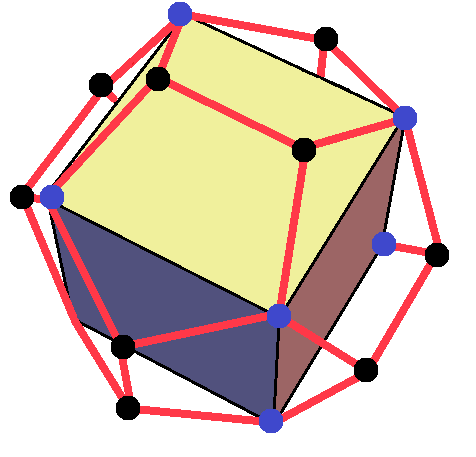The Proton-Electron Atom is an alternative model of the atomic nucleus. It suggests that the nucleus is made up of protons and electrons only, and that there is no strong force.
Furthermore, the theory suggests that the nucleus of atoms have structure. The Platonic Solids feature heavily in the theory, not due to some mysticism, but because such solids are stable structures that can be made up of spheres.
Crystals are arrangements of atoms in which Platonic Solids can be identified. It seems logical then, that atomic nuclei can be arranged in a similar manner.
With the atomic nucleus expressed in terms of Platonic Solids, it becomes easier to explain chemical bindings as well. Chemical bindings are simply reflections of the structures of the nuclei.
The way this theory explains radioactivity is that the structures that can be made are limited in size. Beyond a certain size, the number of stable combinations possible becomes zero. But not for all sizes.
We get elements that are stable, despite being bigger than other ones. This is exactly what we see in the periodic table. There are plenty of stable elements found beyond the position of the first radioactive one.
In my book on this subject, I too come to the conclusion that the neutron is a composite particle, made up of a proton and an electron, together with a neutrino. I too conclude that there is no strong force. However, my explanation for radioactivity differs, and I do not give the nucleus any complex structure.
My feeling is that the Proton-Electron Atom will fit very well with my model. In an upcoming revision of my book, I will certainly attempt to integrate this model into my overall framework.

No comments:
Post a Comment